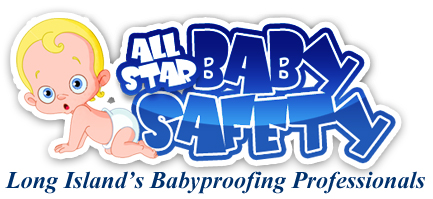Hidden hazard of crib bumpers
Tribune investigation prompts federal agency to review safety of popular baby bedding
 Rhiannon Lopez holds her son Aiden in a rocking chair next to the crib he was found dead last February in Austin, Texas. He was six months old when his mother found him with his face pressed against a crib bumper pad. The medical examiner’s report said Aiden had suffocated. (Family photo) Rhiannon Lopez holds her son Aiden in a rocking chair next to the crib he was found dead last February in Austin, Texas. He was six months old when his mother found him with his face pressed against a crib bumper pad. The medical examiner’s report said Aiden had suffocated. (Family photo)
On what would become the worst night of his life, Kyle Maxwell fed his son, Preston, a bottle and rocked the 7-week-old baby to sleep. He put Preston in his crib, took a shower and went to bed. |
“That’s where the world turned upside down,” he said.
Preston was lying face down in his crib with his nose pressed between the mattress and crib bumper pad. Kyle screamed for his wife, Laura.
“There’s no life in him,” he remembers telling her, as she sobbed hysterically, holding their son eight months ago.
Preston’s autopsy report said he suffocated after his face became wedged between the mattress and bumper pad, which wraps around the inside of a crib and ties to crib slats.
Federal regulators have known for years that bumper pads could pose a suffocation hazard but have failed to warn parents.
The group that sets safety standards for bumpers — and is heavily influenced by bedding manufacturers — has discussed the issue but hasn’t taken action either.
Now, in response to weeks of inquiries from the Tribune, the U.S. Consumer Product Safety Commission said it will re-examine the safety of crib bumpers. That includes reopening files on babies’ deaths, evaluating the safety of bumper pads on store shelves and rethinking how investigators examine deaths where bumper pads are present.
The Tribune found that while the safety commission acknowledged it has gotten more than two dozen reports of infant deaths associated with bumpers in the past two decades, there could be more deaths that the agency dismissed or did not fully investigate.
The agency has downplayed the risk of bumpers, saying they were a “possible contributing factor” in a number of deaths but weren’t necessarily the cause. Such investigations can be complex and can include other products in the crib like blankets or stuffed animals.
For years, bumpers have been a staple in many nurseries. They make cribs look cozy and help prevent babies from bumping their heads or getting their limbs caught in crib slats. Walk into just about any baby products store and bumpers are on every crib.
Preston’s mom registered for his checkered bumper because she thought it was cute — and necessary.
“If I had heard one negative thing about a bumper, I wouldn’t have used one,” Laura Maxwell said.
Three years ago, a Washington University pediatrician sounded the alarm on bumper pad safety. Using data from the safety commission’s files, Dr. Bradley Thach concluded that 27 babies’ deaths were attributed to bumper pads from 1985 to 2005.
Thach and many other experts said such deaths are underreported because they can be wrongly labeled sudden infant death syndrome, unless a thorough death scene investigation occurs.
Thach said his study was dismissed by the safety commission. The agency has said many deaths cited by Thach had contributing factors or lacked clear evidence that a bumper played a primary role in the death.
Child safety experts have warned about bumpers, too.
The American Academy of Pediatrics urged parents not to use the products after Thach’s study. The American SIDS Institute and the Canadian Health Department also say parents shouldn’t use bumpers. Some states have banned them altogether, while Illinois prohibits using them while babies are sleeping.



